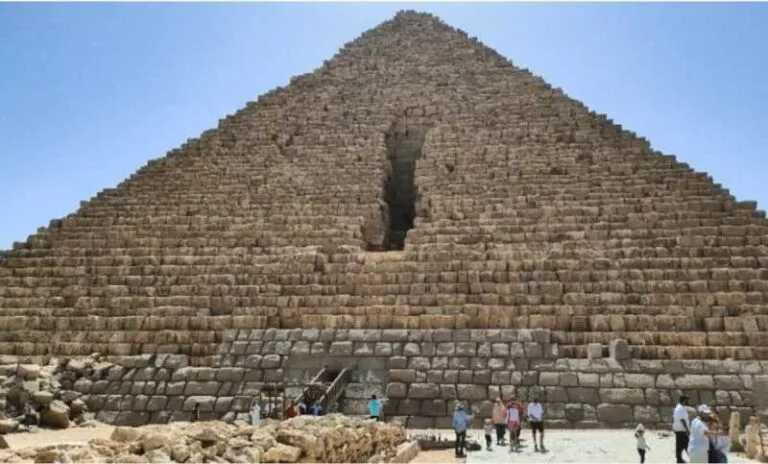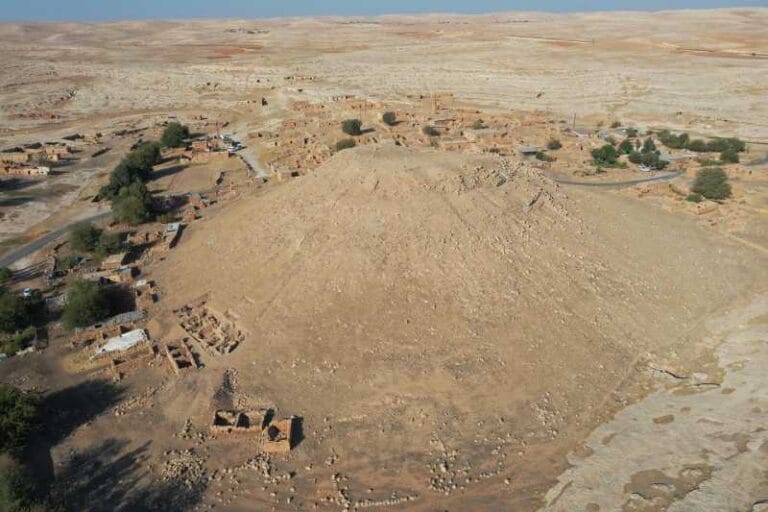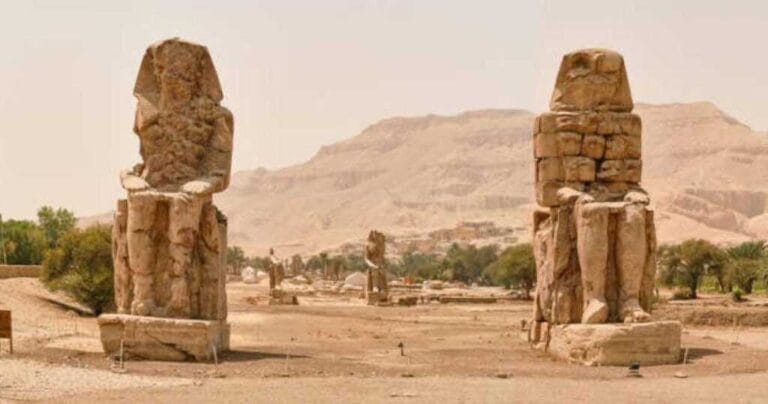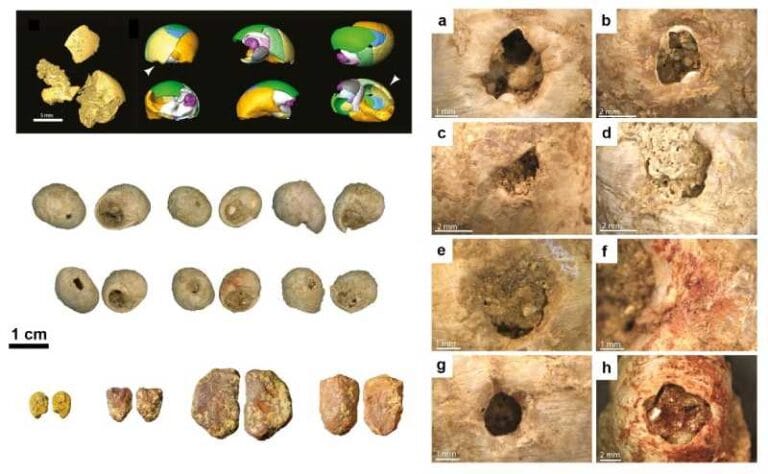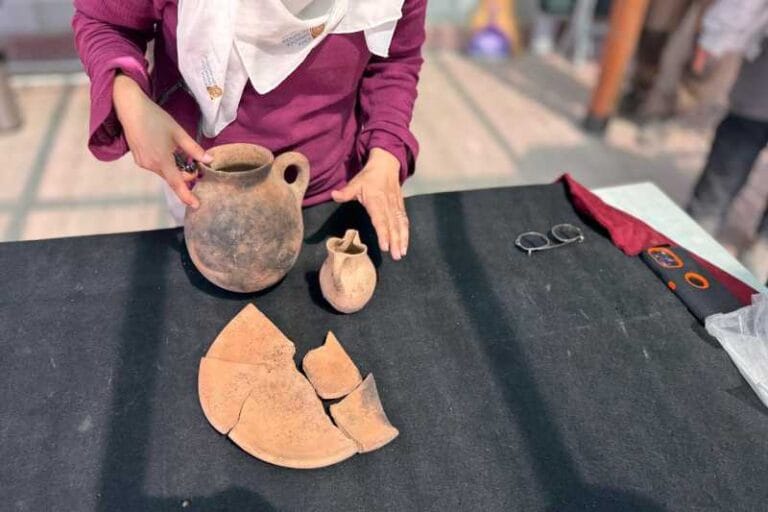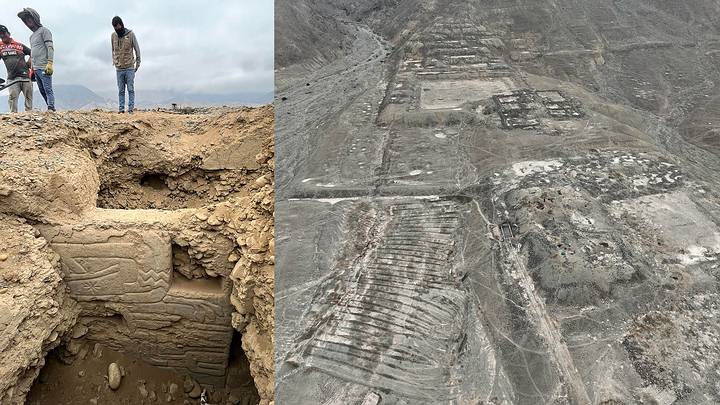2,400-year-old gold jewelry discovered in Kazakhstan
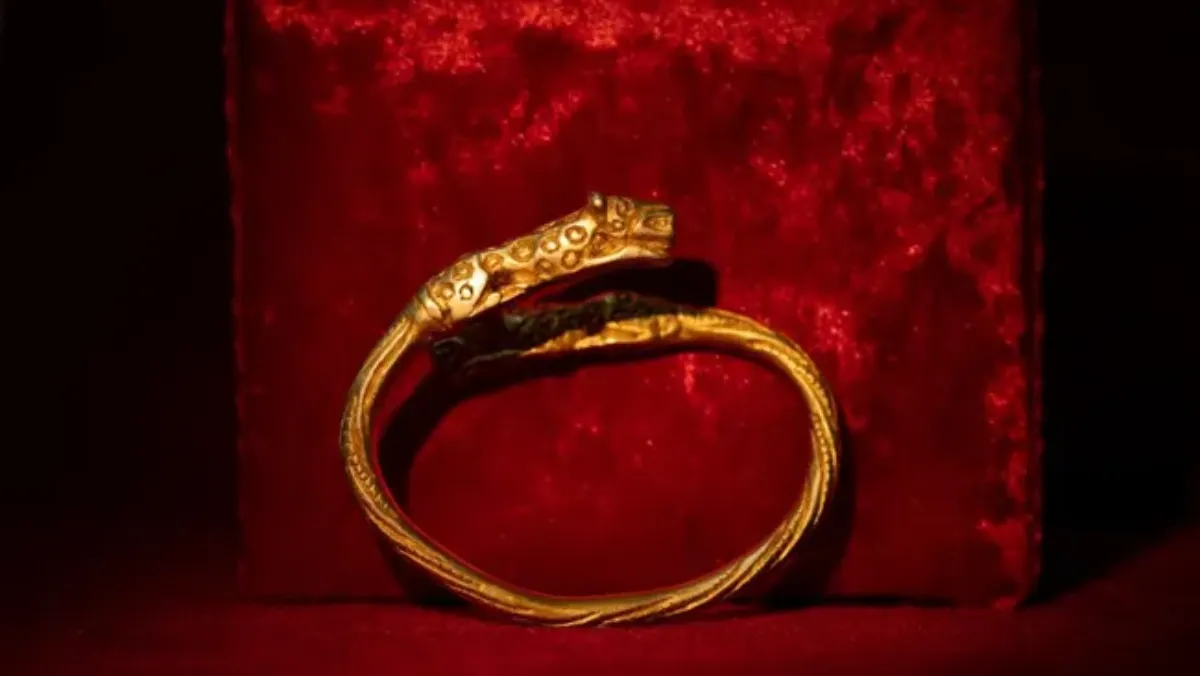
Gold jewelry and weapons crafted by Sarmatian nomads have been uncovered in three burial mounds in Kazakhstan, dating back to approximately the fifth century B.C.
These findings indicate that the western Atyrau region, located just north of the Caspian Sea, was once a central hub of Sarmatian culture.
Archaeologist Marat Kassenov, who led the excavations, stated in a translated report that while Atyrau was previously thought to be on the fringes of Sarmatian territory, the new discoveries suggest it was much closer to their heartland.
More than 1,000 artifacts have now been recovered from the region’s burial mounds, including around 100 gold ornaments and pieces of jewelry crafted in the distinctive “animalistic” Sarmatian style. “Images of predators that once roamed the region—such as leopards, wild boars, and tigers—can be seen on the discovered items,” said Kassenov.
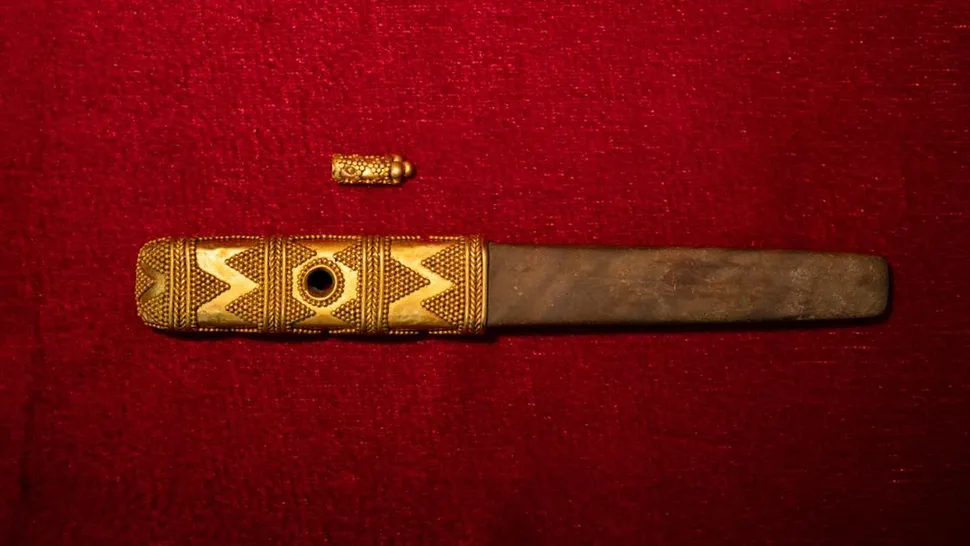
The team also unearthed human remains, ceramics, and two wooden bowls—an exceptionally rare find due to wood’s tendency to decay in burials. Additionally, they discovered two black “touchstones” with gold handles, likely used to test the purity of precious metals like gold.
The nomadic Sarmatians ruled the vast steppe between Eastern Europe and Central Asia from roughly the fifth century B.C. to the fourth century A.D. First mentioned in Persian writings derived from ancient oral traditions, they may have been part of the broader Scythian culture, a network of nomadic peoples that spanned from the Black Sea to China.
The Sarmatians later formed alliances with the Goths and other Germanic tribes that settled in the former Western Roman Empire after its collapse in the fifth century. They also served as heavy cavalry for the Byzantine Empire, the eastern continuation of Rome.
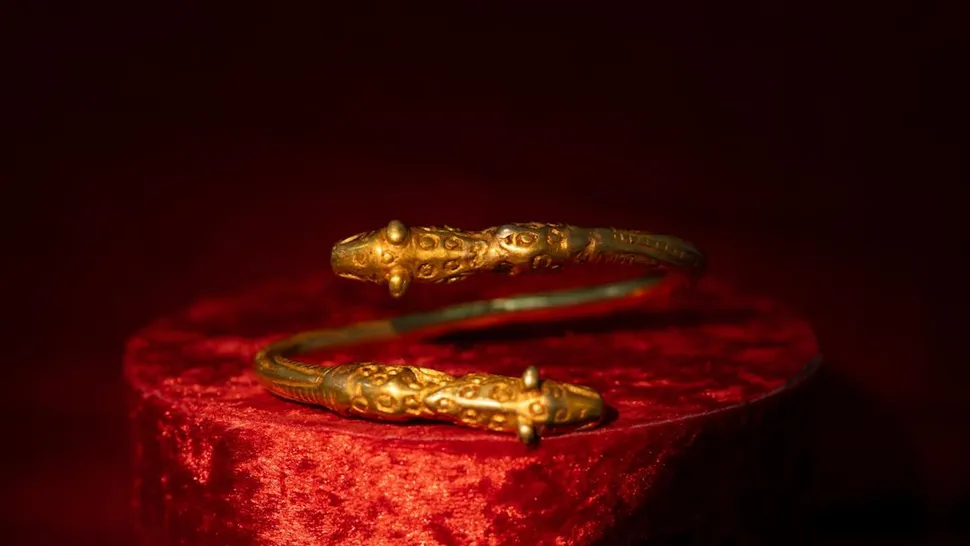
Many of the discoveries were made during the 2023 and 2024 excavations of the Karabau-2 burial mound in the Atyrau region, according to the statement. These burial mounds, known as kurgans in Eastern Europe, take their name from a Turkic word for “mound,” which was later adopted into several Slavic languages.
The Karabau-2 kurgan rises approximately 10 feet (3 meters) at its highest point and spans about 230 feet (70 meters) in diameter. Archaeologists determined that it had been used for at least nine individual burials, with only two showing signs of looting.
The archaeologists also excavated two additional burial mounds a few miles away, each containing between 10 and 15 graves. These sites yielded iron and bronze weapons, jewelry, household items, and silver pictograms depicting a saiga antelope and a wolf. One grave also contained a gold bracelet weighing approximately 13 ounces (370 grams).
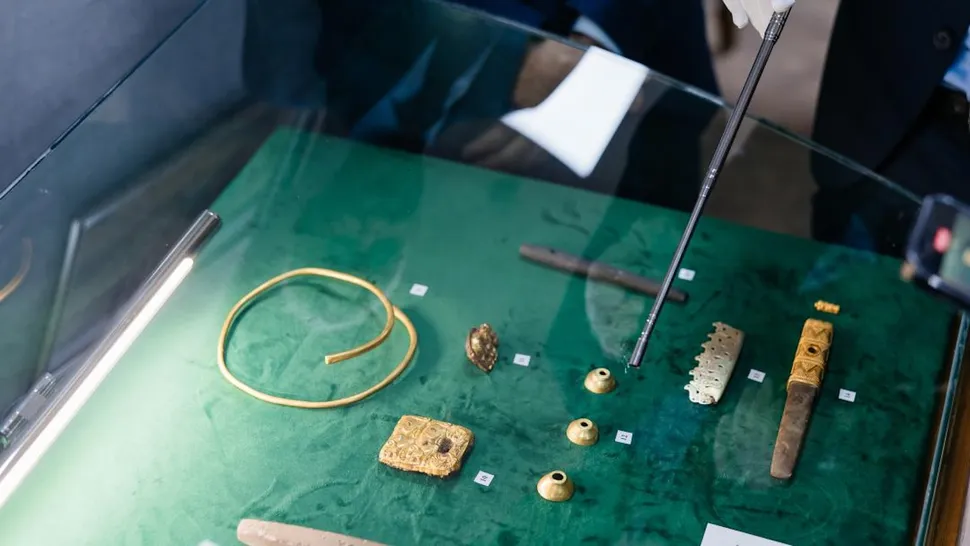
The significant value of these artifacts suggests that the kurgans served as burial sites for wealthy or possibly even “royal” Sarmatians, according to the statement.

